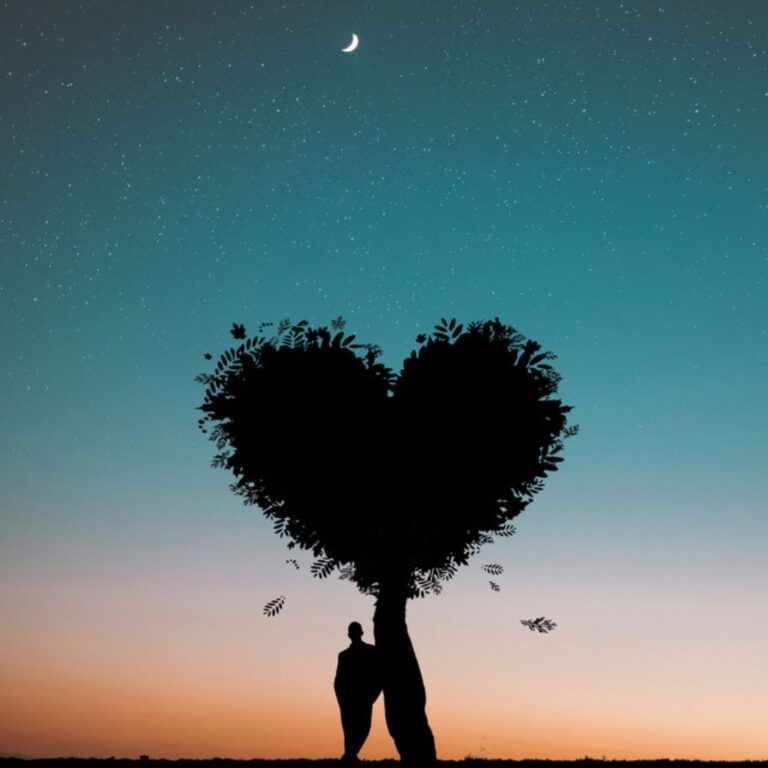By Swayam Nerkar
Introduction
What would tomorrow look like if we dared to dream differently today? This question has lingered in my mind ever since I stumbled upon a child’s innocent yet powerful wish scribbled in a letter: “Dear future, I hope you are fairer than today.” It was a simple line, yet packed with hope, pain, and an unshakable belief in humanity’s potential to change. This article, written in a reflective blog style, unfolds as a journey — a conversation between the voices of today’s youth and the world they aspire to shape.
In the age of technological marvels and rapid globalization, the cries for justice, equality, and fairness often get muffled. But children — untouched by cynicism — remind us that a fairer world is not just an ideal, but a responsibility. Their letters to tomorrow are not just dreams; they are roadmaps.
This is one such letter. A poetic, hopeful, and urgent appeal for fairness — a vision stitched with innocence, stitched with truth.
Dreams of Fairness: Why Children’s Visions of a Just Tomorrow Matter
When we speak of fairness, we often imagine rules, policies, and laws that regulate society. Yet fairness is more than just written codes—it is a feeling, a moral compass, a promise of justice that binds us together. And who imagines this promise more vividly than children? Their dreams are unburdened by cynicism, free from compromise, and rooted in a purity of thought that adults often forget.
Children’s voices and visions matter not just for what they are, but for what they can shape. They remind us that fairness is not merely an adult construct but a shared human value. This article dives deep into why children’s dreams of fairness matter, how they shape our collective future, and what we can do to listen, nurture, and act upon their vision of a just tomorrow.
The Innocence of Children’s Fairness
Ask a child about fairness, and you will likely hear answers as simple as “Everyone should get a turn,” “Nobody should be left out,” or “We should share.” These statements, though simple, carry profound wisdom. They reflect the essence of justice: equality, inclusion, and compassion.
A seven-year-old does not complicate fairness with legal jargon or political debates. For them, fairness means ensuring no one cries because they were left behind in a game or that everyone has a piece of the cake. This simplicity is powerful—it strips away the noise of adult compromises and brings us back to the basics of humanity.
Children’s sense of fairness often stems from play. Playgrounds are their first courts, classrooms their first parliaments. Conflicts over toys or turns often lead to creative resolutions, sometimes better than those found in boardrooms. Through play, children develop the seeds of empathy, negotiation, and justice.
Why Children’s Dreams Matter for the Future
- Unbiased Vision – Children are less influenced by prejudice, societal divisions, or political biases. Their dreams often reflect inclusion and kindness.
- Moral Clarity – They see right and wrong in ways that cut through the complexity adults create. What they call “unfair” is often what the world genuinely needs to fix.
- Courage to Imagine – While adults fear impracticality, children dare to dream. Their vision of fairness may sound idealistic, but every societal change—abolition of slavery, universal suffrage, civil rights—was once dismissed as “idealistic.”
Dreams as Seeds of Social Change
History shows us that change often begins with a dream.
- Malala Yousafzai, as a young girl, dreamed of fairness in education. Her dream, born out of a small village in Pakistan, inspired global movements for girls’ education.
- Iqbal Masih, a child laborer from Pakistan, dreamed of freedom from bonded labor. His courage inspired laws against child slavery worldwide.
- Greta Thunberg, still a teenager, sparked a global climate movement because she dreamed of fairness not just for humans but for the planet itself.
Each of these children turned their personal dream of fairness into a collective awakening. They remind us that no vision is too small and no dreamer too young.
Fairness in Different Dimensions
Children’s dreams touch every corner of society. Let’s explore the many dimensions of fairness as they imagine them:
- Fairness in Education
A child’s dream: “Every kid should go to school.” This dream points to one of the biggest injustices of our time—millions of children still lack access to education. For them, fairness means equal opportunity to learn, grow, and imagine a better tomorrow. - Fairness in Environment
A child’s dream: “The trees should not be cut, and animals should have homes.” Fairness here is ecological balance. Children instinctively see the interconnectedness of life. Their calls for clean air, safe water, and green spaces are not luxuries—they are necessities. - Fairness in Gender
A child’s dream: “Girls and boys should both play the same games.” Behind this dream lies the demand for gender equality. When children resist stereotypes in play, they challenge deeply rooted societal biases. - Fairness in Justice
A child’s dream: “Nobody should be bullied.” For them, fairness in justice is simple—protection from harm. They remind us that justice is not just about punishment but about kindness and protection. - Fairness in Economy
A child’s dream: “Everyone should have food.” Children equate fairness with basic survival. In a world of abundance, the fact that hunger still exists is, to them, the greatest unfairness.
Case Studies: When Children’s Fairness Changed the World
- Ruby Bridges (1960): At just six years old, Ruby became the first African-American child to desegregate an all-white school in Louisiana. Her dream of fairness in education turned into a landmark in civil rights history.
- Ryan Hreljac (1998): At age six, Ryan learned that children in Africa lacked clean water. He raised money to build wells, launching the Ryan’s Well Foundation, which has since transformed millions of lives.
- Craig Kielburger (1995): At age 12, Craig founded Free the Children after reading about child labor. Today, the organization (now WE Charity) continues to empower youth for global change.
These real stories prove that when children dream of fairness, they can ignite revolutions.
The Science Behind Children’s Sense of Fairness
Psychologists have found that children as young as two show signs of recognizing fairness. By the age of six, most children can identify injustice and even express empathy for strangers. Studies from institutions like Harvard and Yale suggest that fairness is not just taught but deeply ingrained in human nature.
Interestingly, children’s fairness is stronger when they feel secure and loved. When nurtured, their vision becomes more generous and inclusive. This means that listening to children’s dreams is not a luxury but a necessity if we want a just society.
How Adults Can Nurture These Dreams
- Listen Seriously – When children speak of fairness, don’t dismiss their words as naïve. Write them down, discuss them, act on them.
- Create Platforms – Schools, communities, and governments should create safe spaces where children can voice their visions and ideas.
- Model Fairness – Children imitate adults. Practicing fairness in homes, workplaces, and policies teaches them its importance.
- Support Youth Initiatives – From student councils to climate strikes, support children and youth in leading fairness-driven initiatives.
A Letter from the Future: A Child’s Voice
“Dear Grown-ups,
In my world, no child goes hungry. Schools are bright and free for everyone. Trees grow taller than buildings, and rivers are cleaner than glass. No one laughs at someone for being different. No one is left behind.
This is the world I dream of. I do not know if it will come true, but I believe you can help. Please do not forget that once, you too were a child who dreamed of fairness. Do not let go of that dream.
Yours truly,
A child of tomorrow.”
Conclusion
Fairness is not an abstract idea—it is a living, breathing value that children naturally understand. Their dreams may be simple, but they carry the potential to solve the most complex challenges of our age. From sharing a toy to demanding climate action, children remind us what justice truly means.
As we look to the future, let us not underestimate their voices. For within every child’s dream of fairness lies the possibility of a world where justice is not a dream but a daily reality.







